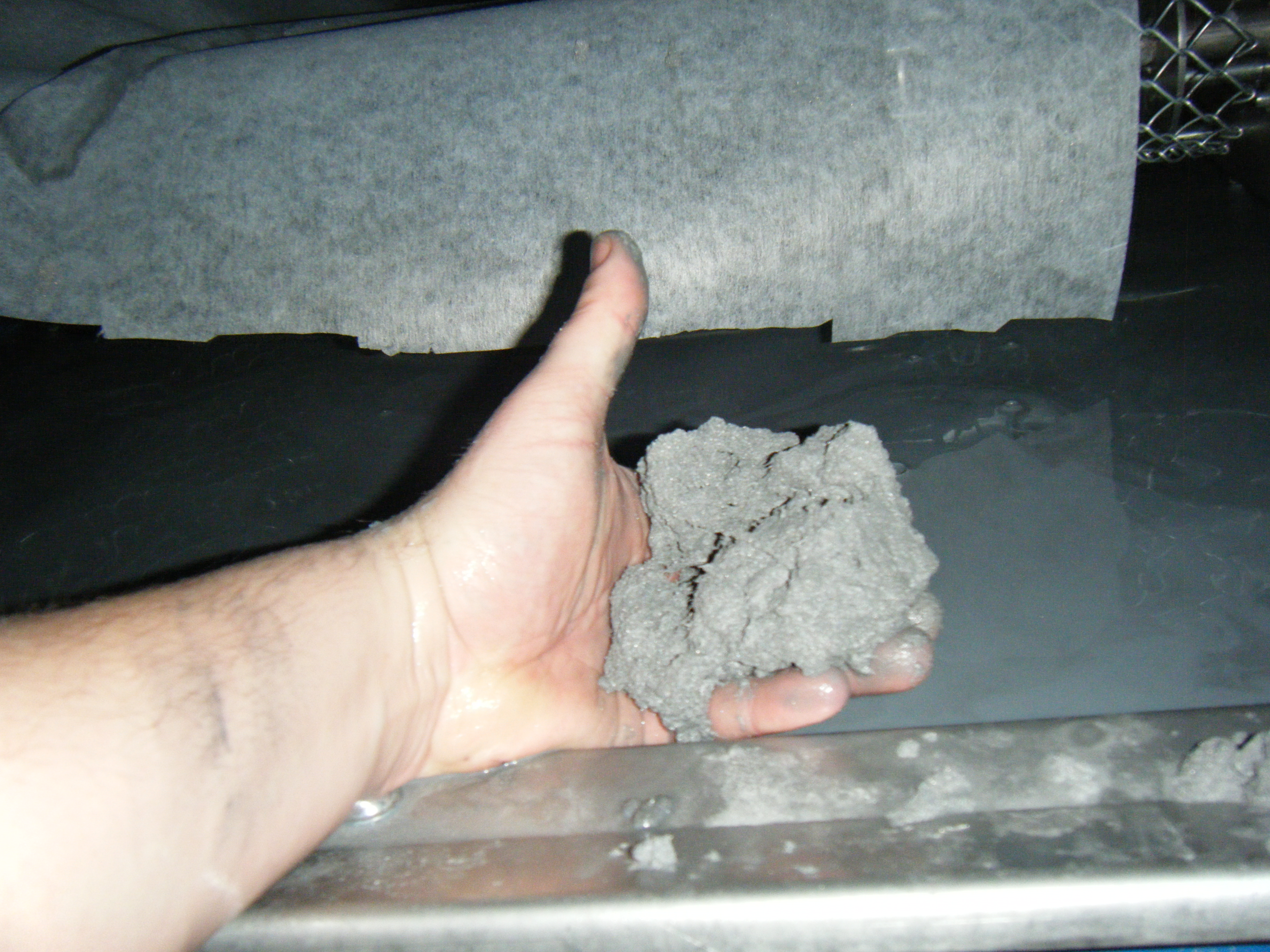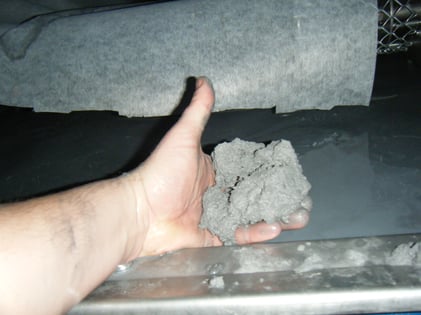
There comes a point in every machines life where you have to look at letting it go.
In some cases this can be clear and in others it can be a bit more hidden from view. When you find yourself spending 10% or more of the machines purchase price on repair parts it should trigger the question. But what if you are not seeing the big single repair bills? Then it can slip by every one with out triggering the question. So what do you watch out for and what are the points to consider?
I am going to stay with finishing machines here as every type of machine has their own tells. What applies to a finishing machine may or may not apply to a punch or even a shear. The thought process still applies so will the topic as a whole.
In most through feed finishing machines rust tends to be what starts the process. You may notice some rust or start to have a hard time with an adjustment handle. The vast majority of machines will have a hammer on top or some place near by. As things start to rust they fight movement of any kind. Bearings, slides and adjusters tend to let go or start making a lot of noise. The hammer is to convince the part in question that it needs to move.


Rust is one of the problems you just can not overcome. Its coming like it or not and the only thing you can do is slow it down. By adding rust inhibitor to the water tank you can do just that. The side effect is that the additive tends to soften silicone and rubber. What you end up with are leaks. As the silicone was used to seal the machine and the additive is attacking it. So you will start to see leaks even small ones where you did not before. It may also be that the small leak you were aware of has gotten worse. People also tend to add coolant or oils from other machines as "that is what we have. The fluid used in the saw is not the same as the fluid recommended for the finishing machine. They serve different purposes and are not interchangeable. 10 years of using the fluid from the saw has just made things worse than if the correct fluid been used from day one. Once rust takes hold there is not much you can do to reverse course and it is just a matter of time.

In some cases it may be that the need has changed. If 10 years ago when you got your machine no one needed edge rounding and the demand was for a line finish is that still the case? Trying to get the wrong machine to do the right job is an uphill battle. If your needs have changed then your tools need to change as well. A finishing machine setup to do a line finish is never going to be able to do edge rounding on small parts. At the same time a machine setup to do edge rounding on small parts is very unlikely to do a line finish. All machines are specialized to some degree, be it cutting and punching or finishing. Having the right tool allows you to be more efficient with both time and money.
The other side of this is that technologies change. Compared to the machines that were available 10 years ago there are some new things on the market now. That older machine that takes a $5,000 brush every 6 months or some other expensive abrasive may be outdone by something newer. There are machines with a much lower cost of operation and some of the old limitations are gone. If you need to run a small part there are simple ways to do that these days. Need an orbital style finish? Those machines are more readily available now as well.

Have a look in your water tank. After a pump fails or the water jets clog up it is time to check the tank. The odds are you are going to find a bunch of debris in the bottom. That debris gets picked up and sent through the entire system. This leads to valves that wont close, jets that clog, leaks and all kinds of other issues. If you send steel through the machine and steel debris gets down into the tank its an issue. The issue is that when you send stainless or aluminum through that steel debris is getting sprayed all over the parts. Ever seen a stainless part with rust speckles on it? It can happen quickly or it can take some time depending on the situation. Once that is all through the system it is very hard to remove. This is a case where depending on your needs it could make sense to move on. Look in the bottom of the tank and don't let the fact that the machine has a filter stop you. Some filters work better than others. In a lot of cases the filters need adjusted to work properly as well as frequent media changes.
A few things you want to keep in mind:
- Rust inside the machine
- Debris in the bottom of the water tank
- Leaks from any number of locations / stains on the floor around the machine
- Very high cost consumables
- Shift in customer or business needs
- Floor space concerns / newer machines tend to be smaller
- Spare part availability
- Support availability
Many of these issues should be a trigger to ask questions and look further. One of the issues alone may not be enough to warrant a change out but when you start to have several you may want to look closer.
Topics deburring machinemetal deburring machinecost of operation comparisongraining sheet metalmetal finishing